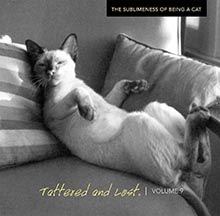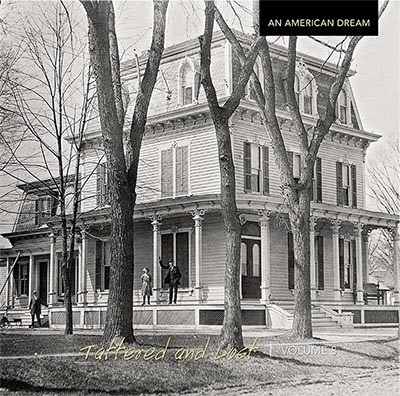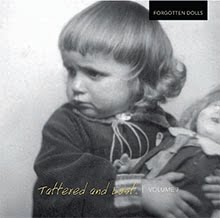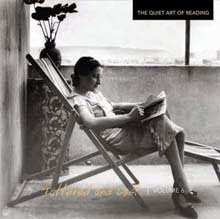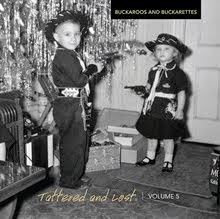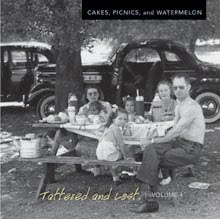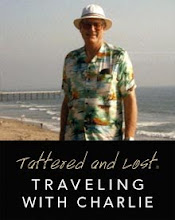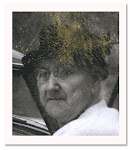Marshall Field (August 18, 1834 – January 16, 1906) was founder of Marshall Field and Company, the Chicago-based department stores.
Marshall Field was born on a farm in Conway, Massachusetts, the son of John Field IV and wife Fidelia Nash. His family was descended from Puritans who had come to America as early as 1650.
At the age of 17, he moved to Pittsfield, Massachusetts, where he first worked in a dry goods store. He left Massachusetts at the age of 18 for new opportunities in the rapidly expanding West. In 1856, at age 21, he went to live with his brother in Chicago, Illinois, and obtained employment at leading dry goods merchant Cooley, Wadsworth and Co., which was to become Cooley, Farwell & Co. in 1857. In 1862, Field purchased a partnership with the reorganized firm of Farwell, Field & Co.
In January 1865, Field and a partner, Levi Leiter, accepted an offer to become senior partners at the dry goods establishment of Potter Palmer. The new firm became known as "Field, Palmer, Leiter & Co." In 1867, after Field and Leiter could afford to buy him out, Palmer withdrew from the firm, and it was renamed "Field, Leiter & Company" Finally in 1881 Field bought out his remaining business partner and changed the store's name to "Marshall Field and Company".
Field took an early 19th century consumer landscape that was centered around the principle of caveat emptor, or "buyer beware", and transformed it into a plush shopping experience fit for the gilded age. Unconditional refunds, consistent pricing and international imports are among the Field innovations that became standards in quality retailing. The quotes "Give the lady what she wants" and "The customer is always right" are attributed to Field, though the latter may also be an invention of Harry Gordon Selfridge while employed by Field.
During the time of the Haymarket Riot, the wives of the defendants initiated an appeal, to which all of the local businessmen agreed except for Field. Journalist and reformer Henry Demarest Lloyd led a national campaign to grant clemency. Even bankers like Lyman J. Gage favored clemency, believing that moderation would lead to improved relations between capital and labor. Potter Palmer and Charles Hutchinson were inclined to agree, but Marshall Field was not. A number of other men confided to Gage that they were not willing to publicly disagree with Field, the wealthiest and most powerful businessman in Chicago.
Field avoided political and social intrigue, instead focusing on his work and on supporting his family and his favorite philanthropies. He married Nannie Douglas Scott in 1863 and raised two children, Marshall Field, Jr., and Ethel Field. After Scott died in 1896, Field married longtime friend Delia Spencer, widow Caton. Field was buried on January 19. His son Marshall Jr. was married to Albertine Huck, parents of Gwendolyn Mary Field, married to Sir Archibald Charles Edmonstone, 6th Baronet. His daughter Ethel was married to Arthur Magie Tree with whom she had one son, Ronald, and then in 1901 to David Beatty, 1st Earl Beatty with whom she had two sons, David and Peter. His two grandsons, Henry Field and Marshall Field III, were the beneficiaries of the majority of Field’s estate upon his death.
The Field Museum of Natural History was named after him in 1894 after he gave it an endowment of one million dollars. Field was initially reluctant to do so, reportedly saying "I don't know anything about a museum and I don't care to know anything about a museum. I'm not going to give you a million dollars." However he later relented after railroad supplies magnate Edward E. Ayer, another early benefactor (and later first president) of the museum, convinced Field that his everlasting legacy would be achieved by financing the project.
The University of Chicago was founded by both Field and New York's John D. Rockefeller, to rival nearby Evanston's Northwestern University.
Field died in New York City in 1906 at age 71 from a case of pneumonia contracted while playing golf on New Year’s Day with his nephew, his secretary and Abraham Lincoln’s oldest son Robert Todd. The year after his death the Field Museum received a further $8,000,000 in accordance with his will. He was interred in the Graceland Cemetery in Chicago. He was a very active member of The Commercial Club of Chicago. A bust of Marshall Field stands aside other early 20th century Chicago industry magnates on the north riverbank on the Chicago River facing the Merchandise Mart. (
SOURCE: Wikipedia)


























